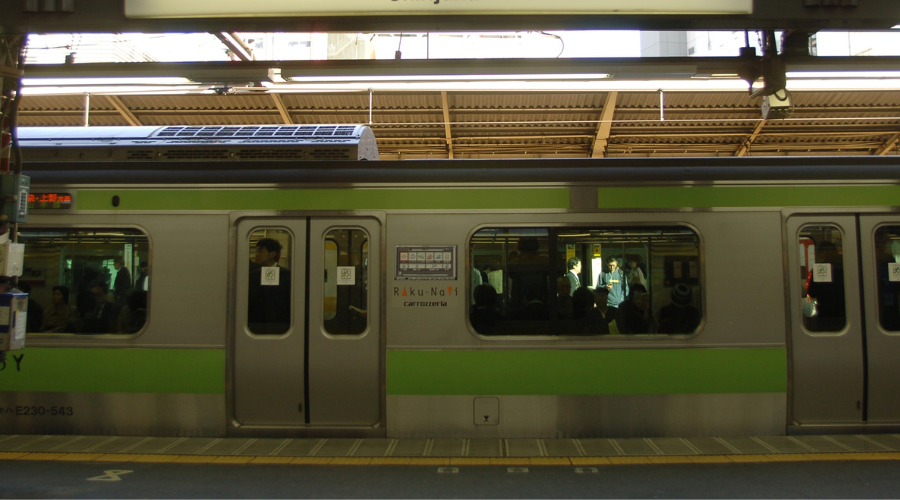
Train
Japanese Name:
電車
Romaji Name:
densha
Description
↓↓
A train is a form of rail transportation consisting of connected vehicles that run on tracks to transport passengers or cargo.
In Japan, trains are a primary mode of transportation, known for their speed, punctuality, and efficiency.
The country has an extensive rail network, including local commuter trains, limited express services, and the famous Shinkansen bullet trains.
Japanese trains are clean, safe, and equipped with modern amenities such as air conditioning and Wi-Fi on some lines.
They connect urban centers, suburban areas, and rural regions, supporting daily commuting and tourism.
Trains are an integral part of Japanese culture and infrastructure.
History
↓↓
Japan’s first railway opened in 1872, connecting Tokyo and Yokohama, marking the start of modern rail transport.
The introduction of railways rapidly transformed Japan’s economy and society during the Meiji era.
In the 20th century, Japan developed high-speed rail technology, culminating in the launch of the Shinkansen in 1964.
The Shinkansen revolutionized travel by drastically reducing travel times between major cities.
Over the years, Japan has continued to innovate with advanced train designs and safety systems.
Today, trains remain a symbol of Japan’s technological progress and commitment to efficient public transport.